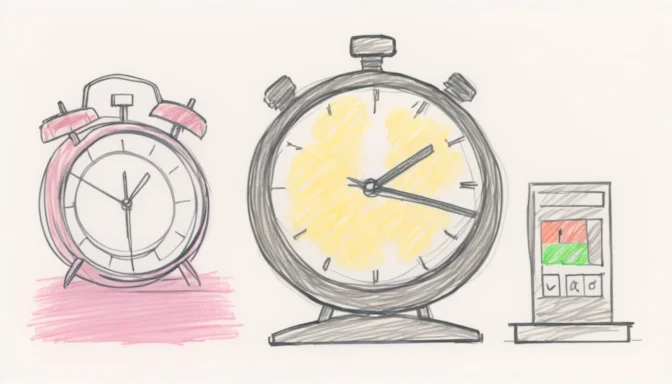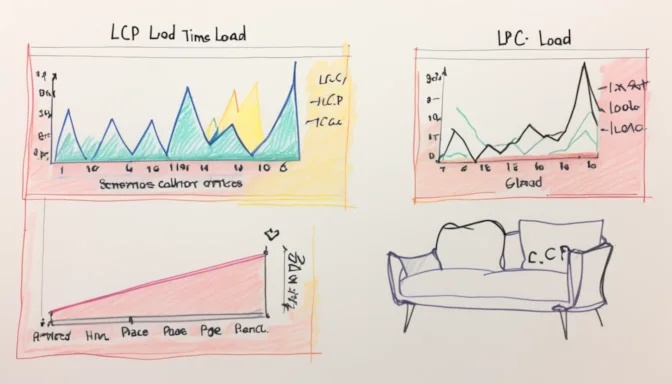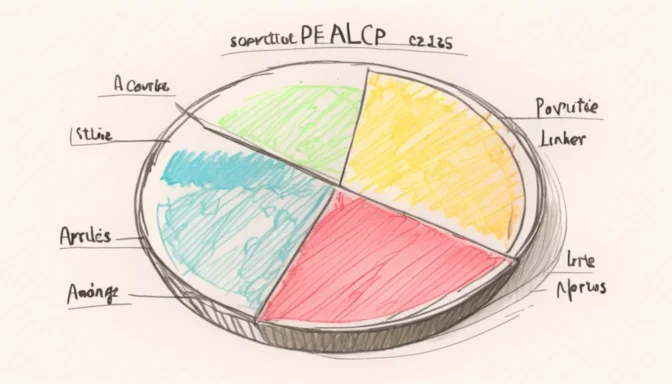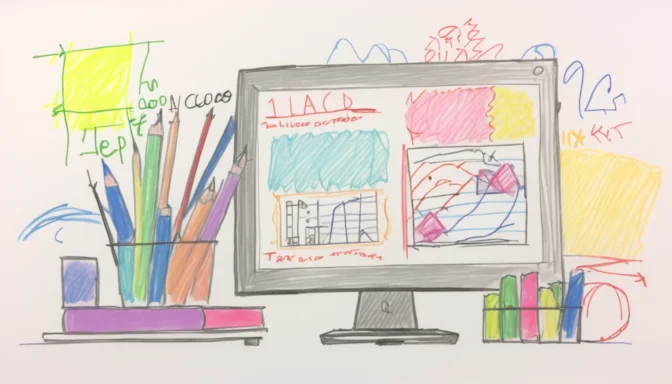What is Largest Contentful Paint (LCP)?

LCP measures the time it takes for the main content of a web page to become visible. It starts counting from when the user initiates the loading process up to when the largest text or image is rendered within the viewport.
What is a Good LCP Range?

A good LCP score should ideally be less than 2.5 seconds. Aim for this score to be consistent across 75% of all page loads for both mobile and desktop users.
How to Achieve a Good LCP Score

To achieve an optimal LCP score, aim for a time less than 2.5 seconds. Webpages that accomplish this will be marked in green, signaling they have met the performance standards. Scores between 2.5 to 4.0 seconds are areas for improvement.
Role of LCP in Web Performance

LCP features prominently in Google's Lighthouse report under the Performance section. It provides key insights into your website's loading speed and overall user experience, making it a cornerstone for web performance evaluation.
Is LCP a Reliable Metric?
LCP is user-centric and significantly impacts the website's load speed and user experience. Therefore, it is a reliable metric that should be continuously monitored for optimization.
LCP vs Page Load Time

While Page Load Time considers the entire initial loading duration, LCP zeroes in on the time it takes for the largest elements to appear. Both are important but serve different dimensions of the user experience.
How is LCP Measured?
LCP is calculated by timing how long it takes for the largest element, such as a hero image or a heading, to become visible. It is one of the key metrics included in Google's Core Web Vitals.
What Constitutes an Average LCP?

An average LCP value should ideally be below 2.5 seconds. This is based on Chrome User Experience Report (CrUX) data, which suggests that 75% of your site's visits should achieve this.
How to Find Your Website's LCP Score

Your site's LCP score is accessible via Chrome's Developer Tools. Navigate to the Performance tab and hit Reload. Once the page reloads, hover over the LCP section to find your score.
 E-Commerceo
E-Commerceo
